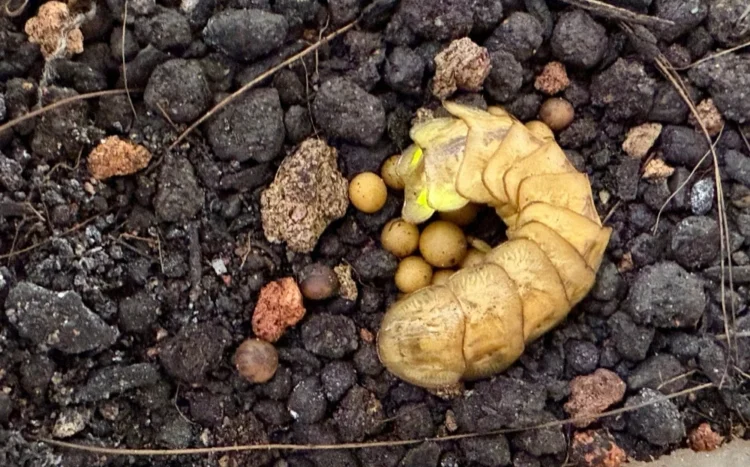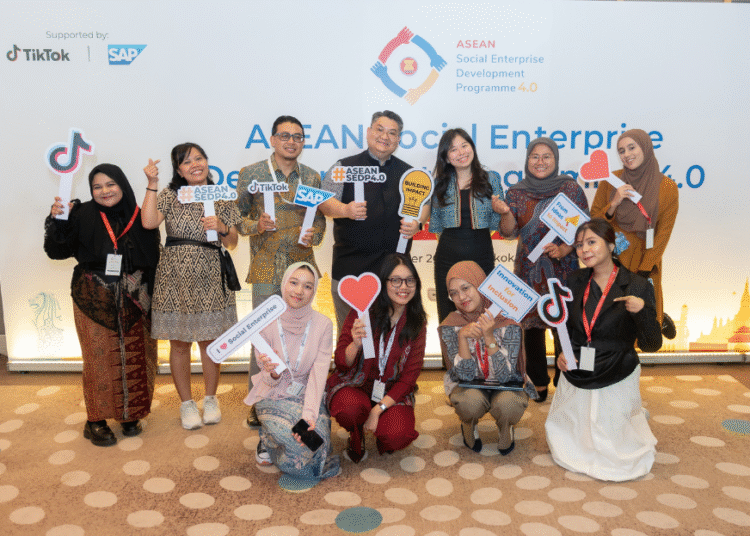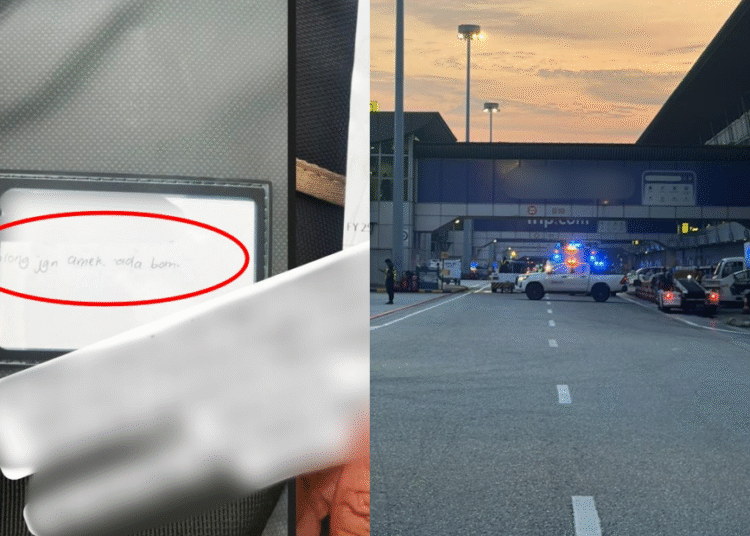Rediscovering a species that hasn’t been seen in centuries is an honour not everybody can have. During a trip to Malaysia’s riverbanks, entomology student Tan Wei Jack encountered the elusive Gombak firefly, once thought lost to time, bringing a piece of living history back to light. Its faint, rhythmic glow now flickers once again through the mangrove twilight, a quiet triumph in the face of ecological loss.
The rediscovery has stirred both excitement and urgency. This tiny insect, while beautiful, is also a barometer of environmental health, as its return signals both resilience and fragility. Preserving its habitat now becomes a race against time, as development and pollution continue to threaten the fragile ecosystems it calls home.
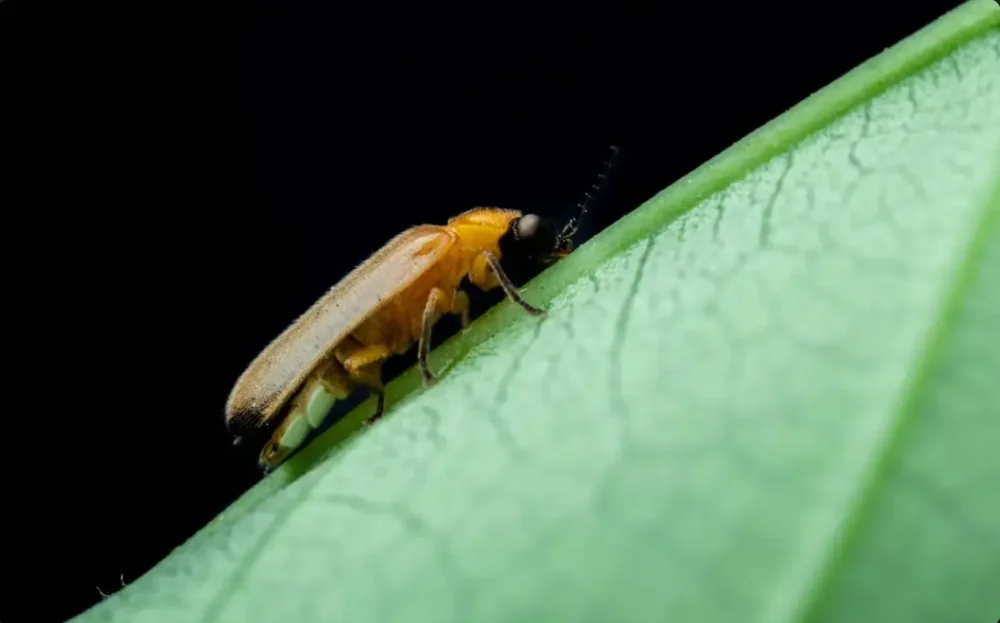
Tan Wei Jack made the discovery on 23rd October 2024, during a field study along Gombak’s riverbanks. He initially believed the insect was from the genus Colophotia, a common type of firefly. However, something about its flash pattern and wing shape stood out. After months of review, he realised on 9th January 2025, that it was something far more unique.
To verify the finding, the 24-year-old consulted his academic supervisor at Monash University, firefly expert Dr. Wan Faridah. They revisited Bukit Kiara to observe the insect’s habitat and collect more data. Their research confirmed it as Pteroptyx gombakia, a species unseen since 1921. It became the third known species of the Gombak bent-winged firefly—an extraordinary rediscovery in Malaysia’s scientific history.
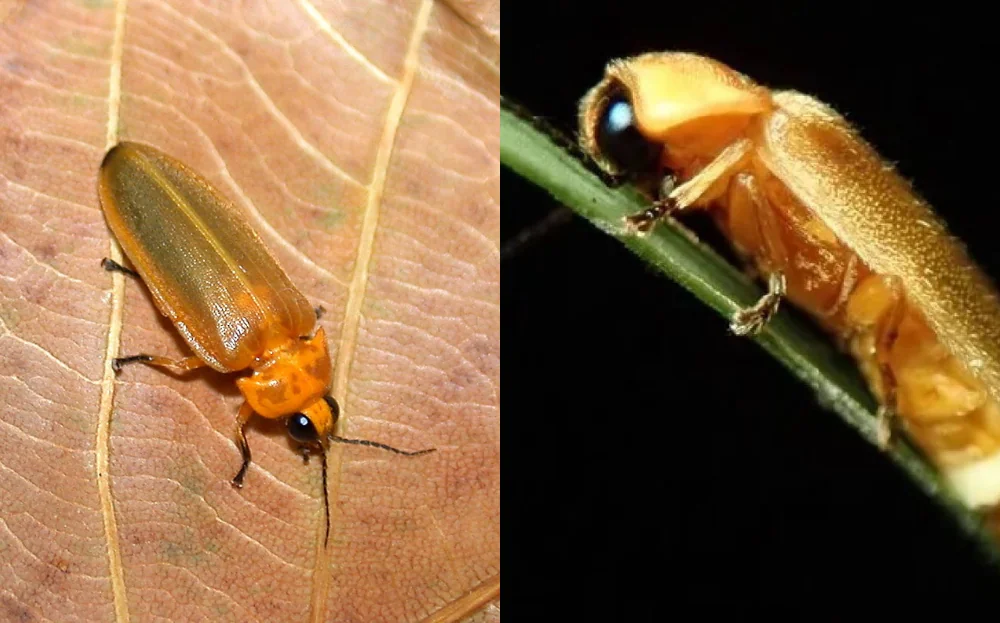
According to an interview with Dr. Wan Faridah, the rediscovery process was both exciting and worrying. With the little information they have on this elusive species, the way of life for the bug is mostly unknown, raising questions about the further survival of the species in terms of their food source and habitat. The Pteroptyx gombakia is the only one of its kind that has been found in different altitudes, suggesting it can survive outside the mangrove ecosystem where they are typically found.
Zaima Humaira contributed to this article

